When you get out of bed and put your feet on the floor you notice you have pain that makes it difficult to walk. You’ve noticed that the pain has traveled to the inside of your ankle and calf. As you go through your day it gets better but then if stand, go for your run or exercise and the pain makes it hard for you to continue your run.
You’ve had physical therapy and innjections with little improvement.
Massage therapy may help with the pain from plantar fascitis so you can get back to your activities.
What is Plantar Fascitis?
Plantar fascitis is an overuse condition that creates pain in either your heel and/ or the arch of your foot. The most common and distinguishing symptom is pain that is worse when you first get out of bed but as you move around the pain feels better. Plantar fascitis occurs when the plantar fascia is pulled tight and micro tears appear at your heel where your plantar fascia attaches.
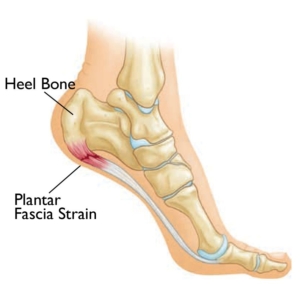
Your plantar fascia is connective tissue on the bottom of your foot and it’s purpose is to make the arches of your foot rigid and stable as your foot hits the ground and pushes off the ground. The plantar fascia tightens and is pulled tight as your toes extend or bend ( basically the position your feet are in if you stood on your toes.) This tightening of your plantar fascia helps your foot and body absorb shock especially in sporting activities and running where forces can be two to three times the weight of your body.
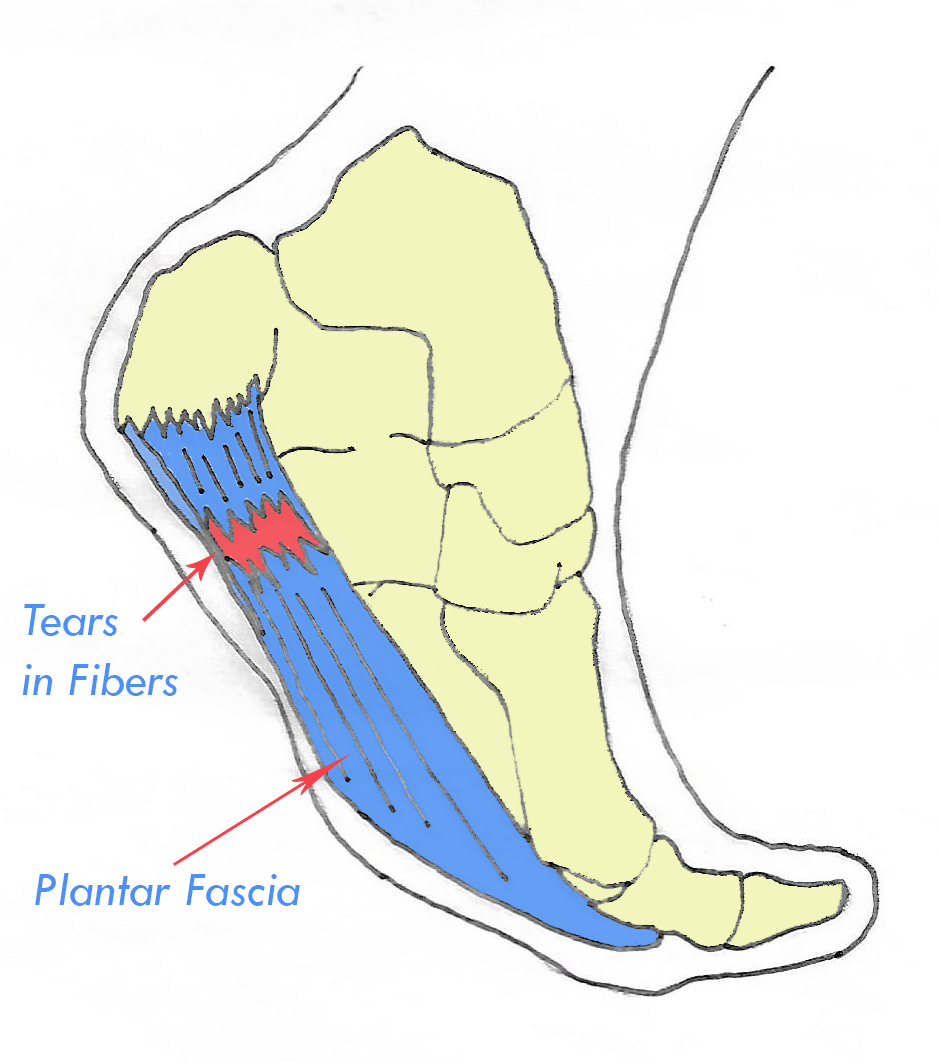
As the fibers of your plantar fascia are pulled tight micro-tears can occur at your heel. Your inflammation process kicks in to send in white blood cells to clean up and repair the area. If your heel does not finish healing and your foot encounters load to quickly this can lead to re-injury and pro-longed inflammation. Chronic inflammation can lead to over build of scar tissue and can weaken the area leading to a tendinosus which is a degeneration of the tendon.
Plantar fasciitis is often considered an inflammatory condition but some research studies show that it may often involve tissue degeneration similar to tendinosis. This is important to know especially if you have a very difficult to resolve case of plantar fasciitis. Treating an -itis, or inflammation, condition and treating an -osis, or tissue degeneration, condition are completely different.
Typically the tissue degeneration is affecting the collagen in your tissue. Collagen is a very strong thick substance. Collagen gives your tendons and ligaments their strength to withstand tension and stretching forces and is present in your skin, tendons, and ligaments. If the collagen is degenerated your tissue cannot handle as much tensile stress on the tissue.
This may be one reason why plantar fasciitis can be difficult to resolve. Your tissue cannot withstand very many forces and it is re-injured. Your body has chronic inflammation which keeps laying down scar tissue and the process continues. With collagen degeneration in mind it is also important to rest from offending activities.
Massage Therapy for Plantar Fascitis
Massage therapy can be very helpful to address the pain from plantar fascitis. The goal of massage therapy depends on if it is an inflammatory response or a degeneration of the tissue. In an inflammatory response the goals of massage would be to decrease inflammation, increase local circulation to areas of pain and other muscles of your feet, massage at pain site to help healthy scar formation, and reduce tension in the muscles of the calf and feet.
Massage goals for tissue degeneration would focus more on creating healthy scar tissue at the pain site. This can be done with massage directly at the pain site, massage at the pain site while moving the foot, and light to moderate stretching.
These goals are usually accomplished over a series of massage sessions. Once pain is more manageable physical therapy can be helpful to start to strengthen the area and rebuilding healthy scar tissue and remodeling. Massage therapy can be helpful in conjunction with other other therapies you are using.
Head to Toe Muscle Clinic Approach to Plantar Fasciitis
General massage to all of the muscles of your foot to increase local circulation, decrease inflammation and pain, and to warm up your muscles for deeper massage.

Deep friction and massage directly to the pain site at your heel. This helps bring nutrients and fresh blood to the area, helps create healthy scar tissue, and helps decrease pain.
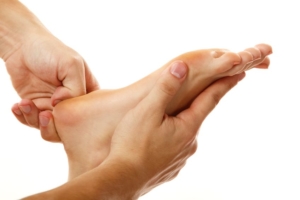
Massage and pressure while moving your toes and ankles, sometimes referred to as Active Release Technique or Passive Release Technique, helps to work deeper into your fibers, helps create healthy and mobile scar tissue, and decrease pain.
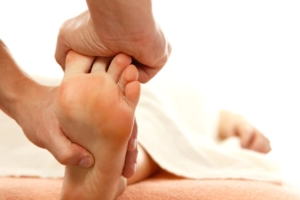
Spreading and mobilization of your toe and ankle joints is important for the healthy function of your arches, release any movement restrictions in your joints, and helps release tension form your plantar fascia.

Other causes Of Foot Pain
It is not uncommon for pain on the bottom of the foot to diagnosed or labeled as plantar fascitis. There are multiple muscles in your foot and they all work to stablize your feet and arches.
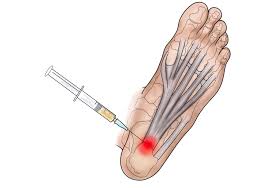
There fore any of these muscles can be strained or develop trigger points and cause pain that can be felt in your heel or foot. Here are some of the most common muscles that can cause pain in your feet and be connected to plantar fascitis.
The muscles of your toes (flexor digitorum brevis) share a common attachment site and fiber direction with your plantar fascia.
The Tom, Dick, and Harry Muscles
These muscles are deep in your calf and make up your toe tendons. These are three muscles the Tibialis Posterior ( Tom) Digitorum Longus (Dick), and Hallucis Longus (Harry).
These muscles are very important in plantar fascitis and often may be the source and cause of pain. Their function as a group is to help support your arch and help to push the weight of your body in the toe off phase of the walking cycle.
If you feel pain in the arch of your foot and the pain travels to the inside of your ankle and calf there is a good chance these muscles are involved. These muscles may also be secondary to plantar fascitis as they may spasm to help protect the injured area.
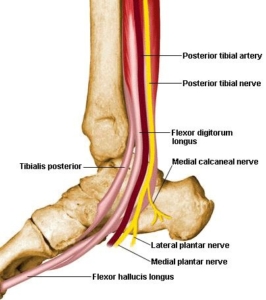
What Causes Plantar Fascitis?
Your plantar fascia strengthens and makes your foot rigid when it is pulled tight by the extension and plantar flexion of your toes and ankles. As your plantar fascia is stretched tears may occur in your plantar fascia. Overuse, too much activity too quickly, and tears in the plantar fascia cause pain.
Your plantar fascia is connective tissue that connects from the bottom of your heel to all of your toes. It behaves like a ligament and helps your arches and feet become stiff and ridged. This is helpful and important when your foot is hitting the ground as in walking or running.
When your foot hits the ground toe up the foot needs to be stiff and stable to protect the joints in your foot when the weight of your body and the force of your foot hit the ground.
As the foot rolls and your foot is completely on the ground the foot needs to be soft and supple to contour to the surface and to absorb and dissipate shock. The arches of your feet are responsible for the suppleness of your foot as it hits the ground.
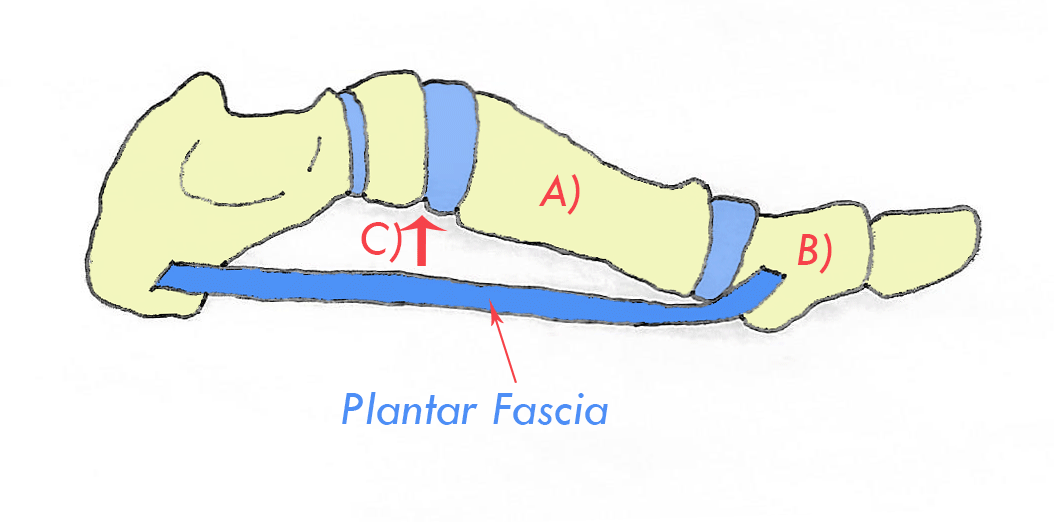
Your Plantar fascia acts as a windlass mechanism. A windlass mechanism is found on a boat and works to lift the mass up. In this case the mass is bone A. When your toes dorsi flex , or bend up, this places a tension or pulling force on your plantar fascia. This also pulls your arch up and this locks your foot and ankle joints together as your foot pushes off the ground.

However, the opposite is true. If bone A( the long, slender bones in your foot,) moves up or toward you ( dorsiflexion) then your toe will plantar flex, or bend down. This happens while youre walking your heel strikes the ground first. This pulls on your plantar fascia and pulls your arch, C. This allows your feet to meet the ground and readies your arches to become soft and supple as they meet the ground.
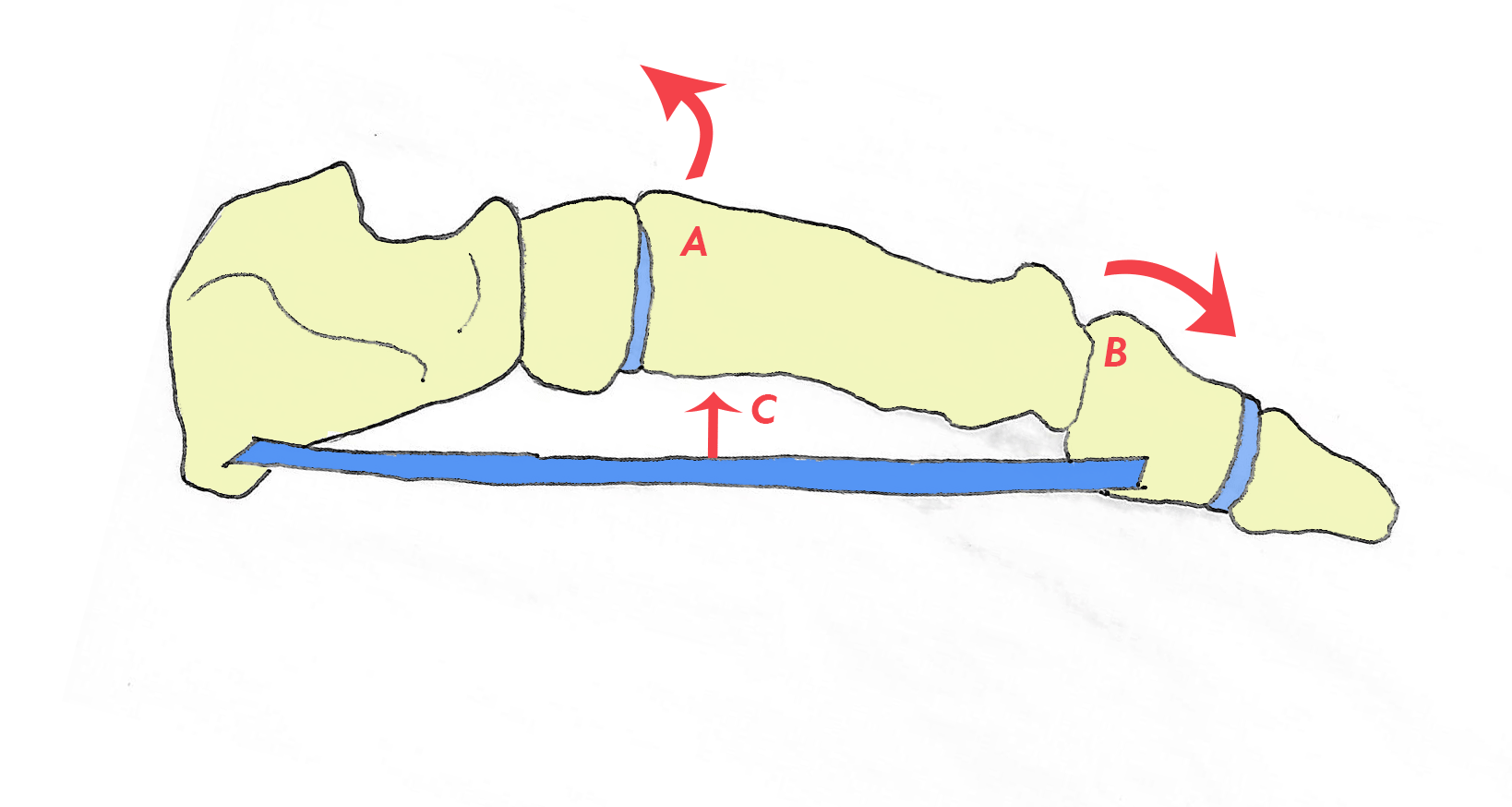
The arches of your feet help to absorb shock and their ability to do so relies on the freedom of your ankles and foot joints to move and the ability of your muscles and soft tissues, like the plantar fascia, to provide stability when strong forces are met. Changes in your ankle and foot joints, such as tight fitting shoes, flat feet or high arches, and restricted range of motion at your ankle and toe joints can alter the mechanics of your foot and stress will be placed on your plantar fascia.

Your plantar fascia is not the only connective tissue in your foot that helps to support your arches. In fact most of your calf and foot muscles work to support your arches during activities. Dysfunction in any of these groups of muscles will lessen their ability to help support the foot and the slack will be taken up by your plantar fascia.
Pregneancy may also be a cause of plantar fascitis. During pregneacny a hormone called relaxin is released to get the pelvic bones and ligaments ready for child birth. Unfortunately, relaxin can affect other soft tissues such as the plantar fascia. Also, with sudden increased weight gain will place extra stress on your plantar fascia.
Also sudden increase in activity levels can cause plantar fascitis.

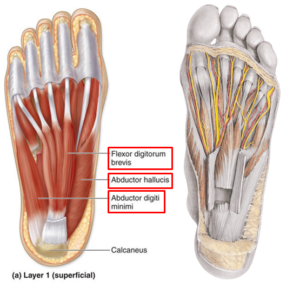
 Matthew Snow is a Licensed Massage Therapist in Cos Cob, CT. If you would like to schedule or make an appointment call
Matthew Snow is a Licensed Massage Therapist in Cos Cob, CT. If you would like to schedule or make an appointment call 
Leave A Comment